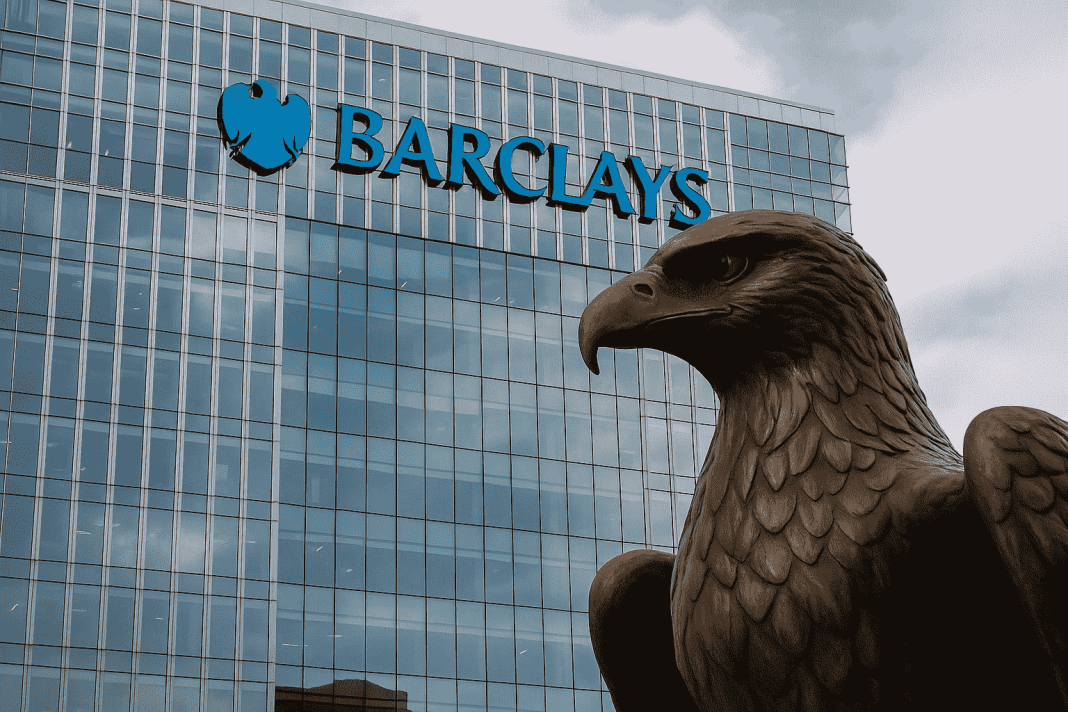Barclays Bank performance remains a key focus for investors and analysts in 2025. The British banking giant has posted impressive financial results this quarter, proving its strength in a competitive market. Profits are rising, operations are becoming leaner, and its digital growth strategy is gathering pace.
This report breaks down Barclays’ latest achievements, strategic decisions, and how it plans to deliver consistent growth moving forward.
Strong Q2 Growth Boosts Barclays Bank Performance
Barclays has reported a 23% rise in pre-tax profits, reaching £5.2 billion in the first half of 2025. This profit surge highlights the resilience of Barclays Bank performance despite economic uncertainty.
Much of this success stems from its investment banking arm, which offset £1.1 billion in bad debt charges. Consequently, Barclays has demonstrated an ability to navigate volatile markets while still growing its bottom line.
Additionally, the bank launched a £1 billion share buyback program, signaling confidence in future earnings and creating more value for shareholders.
Barclays Cuts Saver Interest Rate Amid Market Shift
Tesco Acquisition Strengthens Barclays Bank Performance
One of Barclays’ most significant moves this year is its acquisition of Tesco Bank. This deal broadens its retail banking reach and solidifies Barclays Bank performance by giving it access to millions of new customers.
Moreover, the acquisition accelerates Barclays’ digital banking expansion. By integrating Tesco Bank’s infrastructure, Barclays can improve its online offerings and attract a wider customer base.
Efficiency Measures Enhance Barclays Bank Performance
Barclays is on track with its £500 million cost-saving initiative for 2025, having already cut £350 million this year. These reductions, achieved through automation and streamlined operations, have helped boost Barclays Bank performance while improving profitability.
As a result, the bank is close to achieving its 61% cost-to-income ratio target. By operating more efficiently, Barclays can remain competitive even as market conditions tighten.
For more insights, see our UK Professional Services: Digitization and Global Strategy.
Bold Targets Drive Future Barclays Performance
Looking ahead, Barclays has set ambitious targets that aim to maintain strong Barclays performance:
-
Return on Tangible Equity (RoTE): Around 11%
-
Net Interest Income Forecast: £12.2 billion (with £7.4 billion from Barclays UK)
-
2026 Revenue Goal: £30 billion
-
Cost-to-Income Ratio: Targeting the high 50s
These projections show Barclays’ determination to deliver steady growth while staying lean.
Investment Banking Powers Barclays Bank Performance
Barclays’ investment banking division continues to drive Barclays performance. Even with rising bond yields affecting global markets, the division has remained resilient, securing strong revenue growth.
Furthermore, Barclays’ partnership with Brookfield is set to modernize its payment acceptance services. This collaboration improves its ability to serve corporate clients and positions it for growth in the expanding digital payments sector.
Capital Strength Secures Barclays Bank Performance
A strong balance sheet remains critical for Barclays performance. The bank holds a CET1 capital ratio of 13-14%, providing stability for shareholders and supporting future investments.
Additionally, Barclays has already distributed £3 billion in capital returns for 2024, with more planned for 2025. These payouts demonstrate its commitment to rewarding investors while maintaining sustainable growth.
Risks That Could Challenge Barclays Bank Performance
Despite the positive outlook, Barclays Bank performance faces risks. Rising long-term bond yields could pressure earnings, while loan loss rates of 50-60 basis points demand close monitoring.
However, Barclays’ diverse portfolio and strong risk management practices reduce the impact of these challenges. Consequently, the bank remains well-prepared to handle potential disruptions.
Future Vision Ensures Barclays Performance
Looking to 2026 and beyond, Barclays Bank performance will rely on digital transformation, smart acquisitions, and operational efficiency. These strategies form the backbone of its growth plan.
By embracing innovation and prioritizing customer needs, Barclays aims to remain a leader in UK and global banking. Its Q2 results suggest it is on the right path.
Final Takeaway
Barclays’ strong Q2 profits, bold acquisition strategy, and commitment to cost efficiency prove that Barclays Bank performance is more than a headline. It is a clear signal of sustainable growth and resilience. Investors and analysts alike will be watching closely as Barclays works toward its ambitious 2026 targets.



